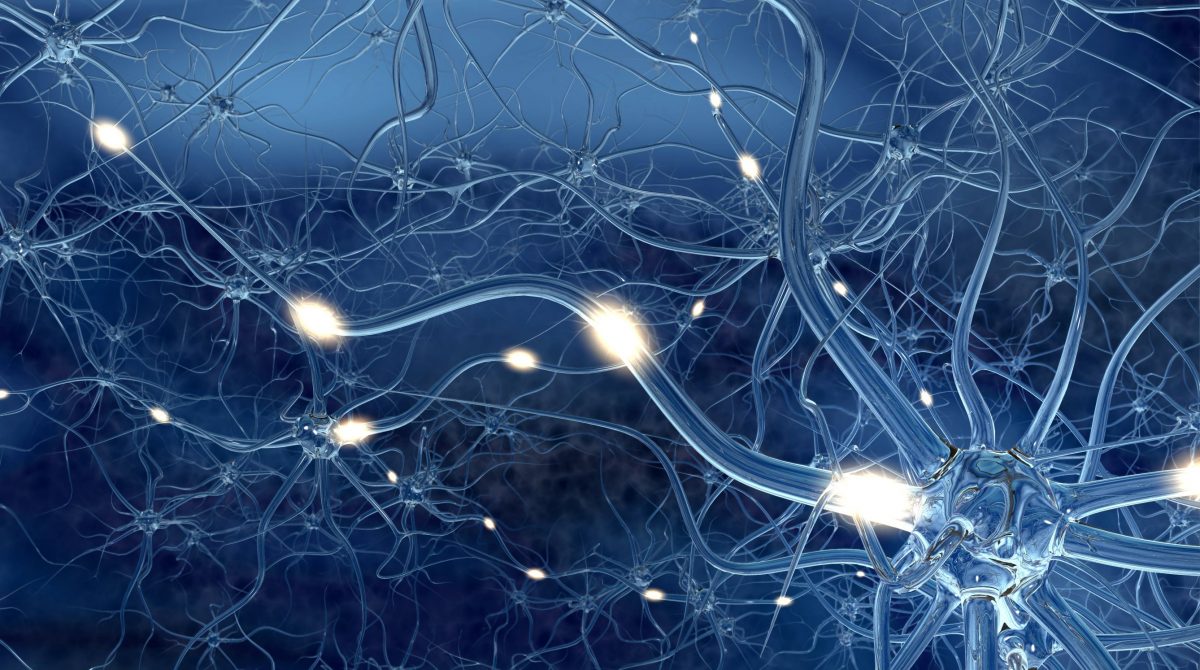As a parent of an autistic child, you may have many questions about how the brain of someone with autism is different from neurotypical brains. Research in this field is still ongoing, but we have made significant progress in understanding the unique characteristics of the autistic brain. This article explores several subtopics related to the autistic brain, including brain structure, brain function, and brain development. It also discusses the potential causes of autism and how we can support autistic individuals in their journey toward optimal brain health.
Brain Structure
One of the most well-known differences between the autistic brain and the neurotypical brain is the overall size and shape of the brain. Studies have consistently shown that the brains of individuals with autism are on average larger in size than those of neurotypical individuals. This difference is particularly pronounced in the cerebellum, which is a part of the brain responsible for coordinating movement and balance.
In addition to differences in overall brain size, researchers have also found differences in the way different regions of the brain are connected. In the neurotypical brain, neurons are organized into networks that allow for efficient communication and information processing. In the autistic brain, these connections may be disrupted, leading to difficulties in communication and social interaction. For example, in individuals with autism, the connections between the prefrontal cortex (which is responsible for higher-level thinking and decision-making) and the rest of the brain are often weaker than in neurotypical individuals. On the other hand, the connections between the amygdala (which is involved in emotional processing) and the rest of the brain may be stronger in individuals with autism.
An autistic brain has decreased connectivity between different brain regions when compared to a non-autistic brain. This decreased connectivity is believed to be responsible for some of the difficulties those with autism experience in social interaction and communication.
Brain Function
While differences in brain structure can certainly influence brain function, there are also many differences in the way the brains of individuals with autism process information and perceive the world around them.
For example, individuals with autism may have difficulty interpreting social cues and processing sensory information. This can make it challenging for them to communicate with others and navigate the social world. Some individuals with autism may also have heightened sensitivities to certain stimuli, such as loud noises or bright lights, while others may have decreased sensitivities to pain or temperature changes.
Some studies have suggested that individuals with autism may have an enhanced ability to process certain types of information, such as visual or spatial information, while having difficulty with other types, such as social or emotional information. This difference in information processing may contribute to the challenges that individuals with autism often face in social situations.
Brain Development
Another important aspect of the autistic brain is the way it develops over time. Research has shown that the brains of individuals with autism often develop differently from those of neurotypical individuals.
For example, studies have found that the brains of infants with autism may grow more quickly in the first year of life than those of neurotypical infants. This rapid growth may be followed by a period of slower-than-average brain growth in later childhood. It is crucial to note that every individual with autism is unique, and the way their brain develops will depend on a variety of factors.
As a parent, it’s important to remember that your child is an individual with their own strengths and challenges. While understanding the ways in which the autistic brain is different can be helpful, it’s important to focus on your child’s unique needs and abilities and to provide them with the support and resources they need to thrive.
Supporting Optimal Brain Health
As a parent of an autistic child, it is natural to want to do everything you can to support your child’s brain health. While there is no “cure” for autism, there are many things you can do to help your child reach their full potential.
One of the most important things you can do is to provide your child with a supportive and inclusive environment. This may include working with therapists and educators to develop a personalized treatment plan that meets your child’s unique needs.
You can also support your child’s brain health by encouraging them to engage in activities that promote brain development and function. This may include things like puzzles, board games, and other activities that involve problem-solving and critical thinking.
Another important aspect of supporting optimal brain health is providing your child with a balanced and nutritious diet. This can help ensure that their brain is getting the nutrients it needs to function at its best. It is also important to pay attention to your child’s mental health and well-being. This may include seeking therapy or other mental health support if needed and finding ways to reduce stress and promote relaxation.
Conclusion
In summary, the autistic brain is different in a number of ways from the neurotypical brain, including differences in brain size, neural connections, and information processing. These differences can impact your child’s behavior, learning, and development, but they also may give your child unique strengths and abilities. Further research is needed to fully understand the differences and how they may impact brain function and development. As a parent of an autistic child, you can play an important role in supporting your child’s brain health by providing a supportive and inclusive environment, encouraging brain-stimulating activities, and paying attention to your child’s mental health and well-being.
Reference
Rossi, C. (2022) Autism spectrum disorder: Autistic brains vs Non-Autistic Brains – Psycom. Available at: https://www.psycom.net/autism-brain-differences (Accessed: January 2, 2023).
Askham, A.V. (2021) Brain structure changes in autism, explained: Spectrum: Autism research news, Spectrum. Available at: https://www.spectrumnews.org/news/brain-structure-changes-in-autism-explained/ (Accessed: January 2, 2023).










